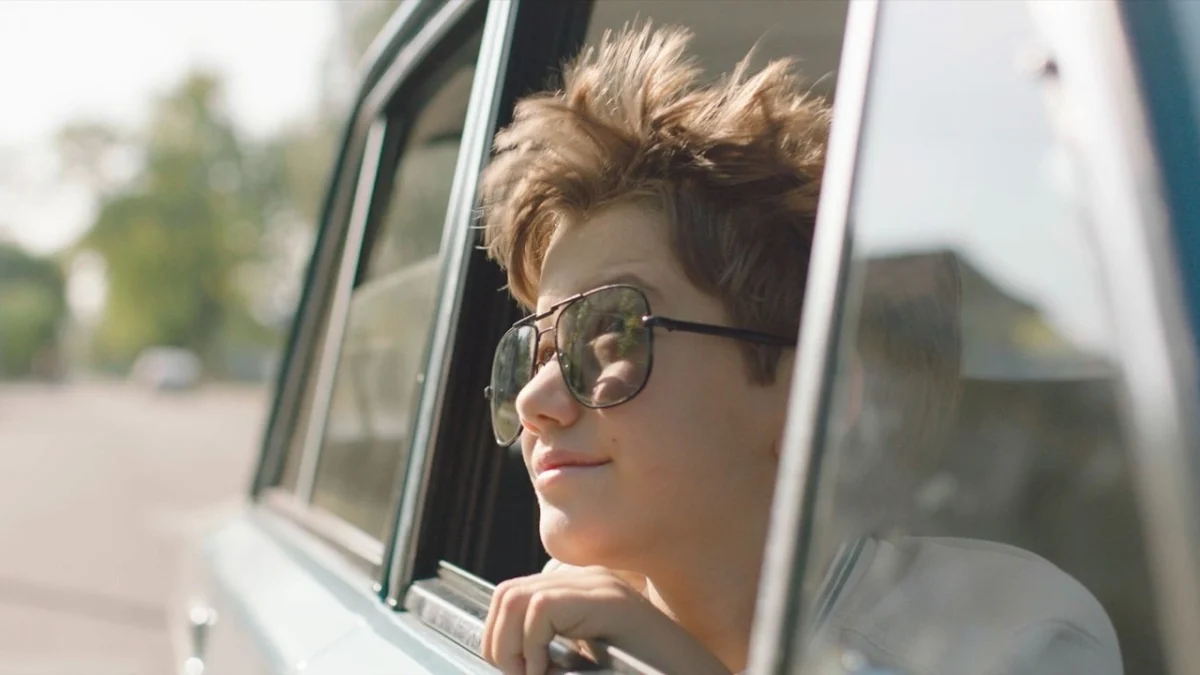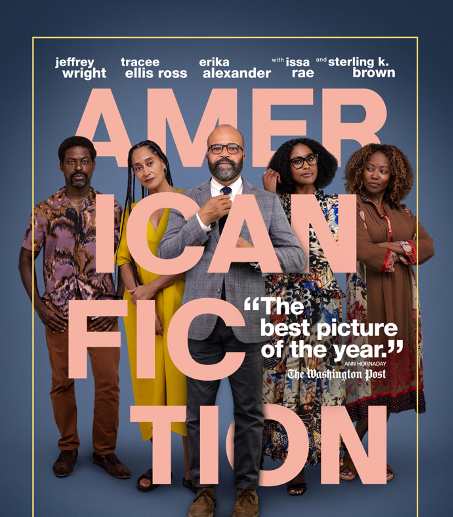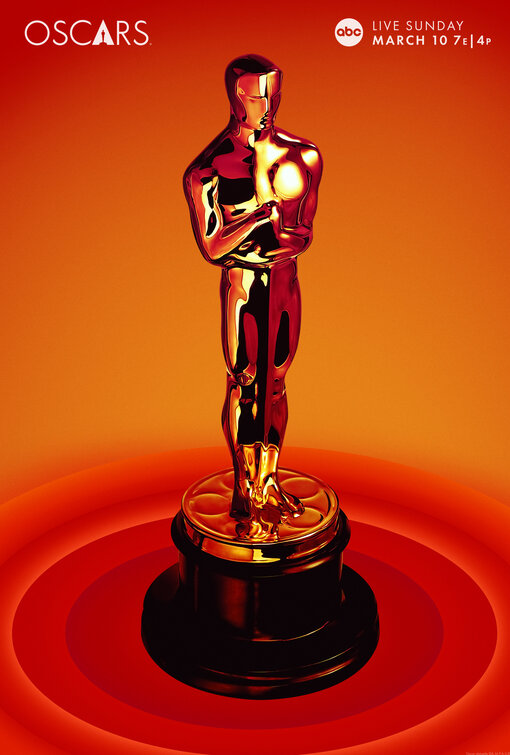“Rush.” A short title. Onomatopoetic, monosyllabic. It doesn’t suggest a specific time, place or personality. It simply evokes a feeling. And at its strongest, Ron Howard’s latest film is just that: an uncomplicated expression of raw emotion.

That’s not to say Howard doesn’t do a good job with the rest of the storytelling. Howard and screenwriter Peter Morgan have skillfully transformed the true story of the 1970’s rivalry between Formula 1 drivers James Hunt and Niki Lauda into a classic sports rivalry film. They’re following an old recipe, but it’s an effective one. Racers James Hunt (Chris Hemsworth, impressively Thor-ish with his shaggy blonde hair and crisp English accent) and Niki Lauda (Daniel Brühl), two completely disparate personalities, vie to become the Formula 1 World Champion.
Hunt is a fiendishly handsome playboy, perpetually floating through life in a cloud of drugs, booze and women. Lauda is a self-described “businessman,” whose rigid self-discipline wins him the irritated respect of his peers. Hunt is all talent, while Lauda manufactures his success though skill and technical know-how. The friction between personalities increases the ferocity of the competition as they careen towards their inevitable showdown.
There are no new ideas here. It’s the unpredictable hotshot versus the controlling tight-ass. We’ve seen this formula in movies a thousand times before: Mozart and Salieri, Maverick and Iceman, Ricky Bobby and Jean Girard. However, the central pairing in “Rush” is set apart by the keen, philosophical self-awareness of both characters.
Yes, James Hunt is sort of a dumb jock, but it’s a conscious choice on his part. He is proudly, determinedly hedonistic in his approach to racing and life. Meanwhile, Lauda knows his restraint isn’t as attractive as Hunt’s rockstar wildness, but Lauda knows his own strengths and obstinately sticks to them. The characterizations of Hunt and Lauda are strengthened by the performances of the lead actors; Hemsworth brings out the tension humming beneath Hunt’s cavalier façade, while Daniel Brühl (whose last major American role was that of the all-too charming Nazi Captain Zoller in Tarantino’s “Inglorious Basterds”) lends an appealing vulnerability to the surly, often sanctimonious Lauda.
But while the film makes the differences between the two men very clear, it also brings out their similarities. Both are extremely arrogant, entirely certain that their own approach is best. And both are also acutely aware of the danger in which they willingly place themselves.
Early on in the film, racers huddle around televisions, watching coverage of a fiery crash on the racetrack. In “Rush” the threat of mortality is introduced early, and its presence lingers. In any scene that takes place in or near a vehicle, engines growl like a dangerous animal poised to attack. Adding to the menace of the machines themselves, Hans Zimmer’s score insinuates tension through the low ominous rumble of bass in almost every scene.
There are also constant images of fire. When nervous, James plays with a Zippo lighter, and the Lauda honeymoon suite is decorated with torches. This destructive force flickers on the periphery, until it blazes onto the screen when Lauda is horribly burned in a car crash while racing in the rain.
“Rush” is at its strongest when it’s channeling that danger and excitement at the heart of F1 racing. During the actual driving sequences, you’re not just in the cars with Hunt and Lauda – Howard actually places you inside their helmets. The squeal of brakes and slapping of rubber on pavement are right next to your ear, and you can practically smell the gasoline burning. Occasionally the shot takes you out of the cars, offering a view of the action from a distance, but then you’re right back inside the vehicles, darkness creeping in on the edge of the frame. Howard uses this technique to effectively recreate the tunnel vision of a racer who can’t see anything but the finish line.
“Rush” is a serviceable narrative, but the true strength of the movie is its ability to recreate the emotional and corporeal experience of F1 racing for the audience. For this reason, the true soul of “Rush” is not Lauda (though his is the voice we are left with at the end), but Hunt. “Rush,” like Hunt himself, is pretty to look at, not terribly intelligent and deeply physical.
Even the visual quality of the film itself adds to the visceral experience of “Rush.” The movie is shot in the high-saturation of 1970’s cinema. When watching “Rush”, we’re not in the age of digital video, in which “film” is an abstraction and where images are transmitted through an invisible, intangible current of data. We’re in a time where film is still a material combination of chemicals, plastic and light, in which even the act of watching a movie is a sandpapery sensory experience.
Ultimately, “Rush” may be more about feeling than thought, but what a feeling it is.
Yoshi Makishima can be reached at [email protected].












